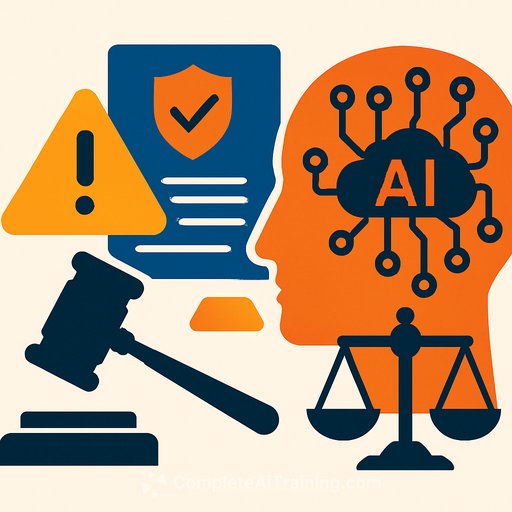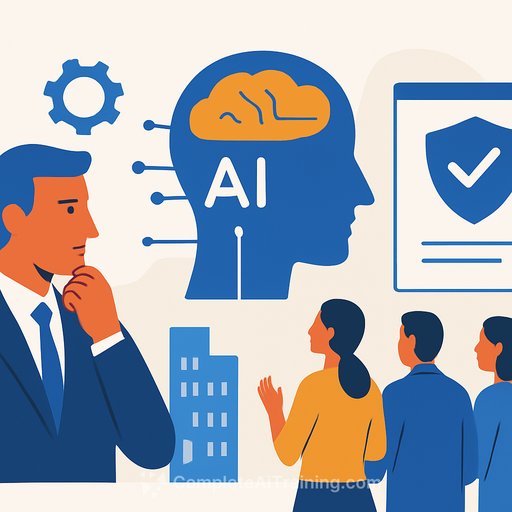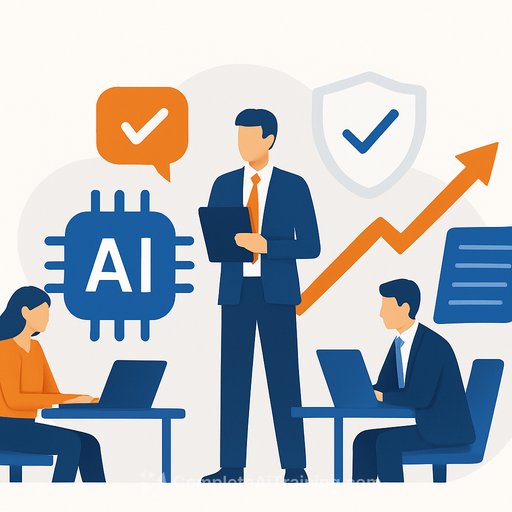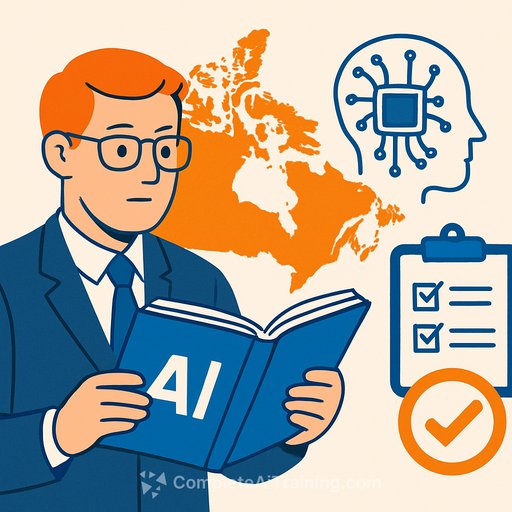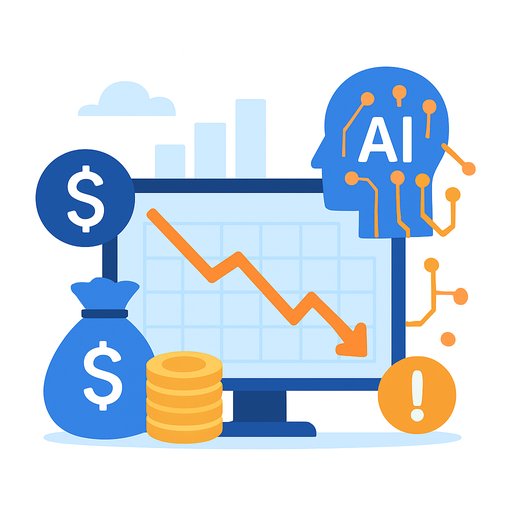Imagining Coverage Litigation in the Age of Artificial Intelligence
Introduction
“My dear Miss Glory, the Robots are not people. Mechanically they are more perfect than we are; they have an enormously developed intelligence, but they have no soul.” This quote opened a recent case involving a lawyer who used ChatGPT to draft a legal brief. The brief contained fabricated legal cases to back its arguments, leading to sanctions against the lawyer. The court emphasized that “[t]o be a lawyer is to be human,” highlighting the essential role of human judgment and responsibility in legal practice, especially under Federal Rule of Civil Procedure Rule 11(b)(2).
The Future is Here
Generative artificial intelligence (GAI) can already produce legal briefs, coverage letters, opinions, and coverage determinations. Try asking ChatGPT to draft a coverage denial letter based on a lawsuit’s facts and a general liability policy. You might find that the output closely resembles what many coverage lawyers would prepare. Legally trained GAI models can generate solid, relevant coverage letters, making them practical tools in the insurance industry.
What Is Generative Artificial Intelligence?
GAI uses neural networks to recognize patterns and structures within large data sets, enabling it to create original content based on user prompts. It mimics human creativity by generating new information from learned material. After initial training on vast amounts of data, the model is fine-tuned through feedback to improve accuracy and relevance.
Legally trained GAI models, having been exposed to extensive legal data like coverage opinions, can:
- Summarize complex legal cases
- Analyze contracts
- Identify key legal arguments
- Predict outcomes based on similar cases
- Generate efficient first drafts of legal documents
Key Limitations of Generative Artificial Intelligence
GAI is only as reliable as the data and feedback it receives. Errors or biases in training data will be reflected in its outputs if not corrected. Poorly phrased prompts can lead to irrelevant or misleading results.
A major concern with non-legally trained GAI models is “hallucination,” where the AI invents facts or cases that don’t exist but appear credible. This happens because the model tries to fill gaps based on learned patterns even when those patterns don’t fit the situation.
Future Coverage Litigation
As insurers increasingly rely on GAI to support claims handling, errors are bound to occur. Policyholders and their attorneys may begin to question coverage decisions influenced or generated by AI tools.
There are already examples outside traditional coverage litigation:
- Estate of Lokken v. UnitedHealth Group, Inc. – Plaintiffs alleged that predictive AI was used to wrongfully deny care under Medicare Advantage plans.
- Nixon v. CVS Health Corporation – A securities class action accusing CVS of using AI algorithms to deny valid medical claims while misleading investors about the company’s financial performance.
Conclusion
Policyholder lawyers may start by asking if GAI was involved in claims handling during discovery. Confirmation that AI influenced coverage opinions could open extensive inquiries into insurers’ AI use, including training, policies, bias audits, output monitoring, and data security.
Insurers employing GAI should prepare clear explanations of how it is used and controlled. This includes detailing user training, feedback processes, bias mitigation, and safeguards for non-public information. Properly managing these factors could be critical to defending coverage decisions and avoiding bad faith claims in future litigation.
For those seeking to understand AI’s impact on insurance and legal processes, exploring specialized courses on AI in professional roles may provide valuable insights.
Your membership also unlocks:

